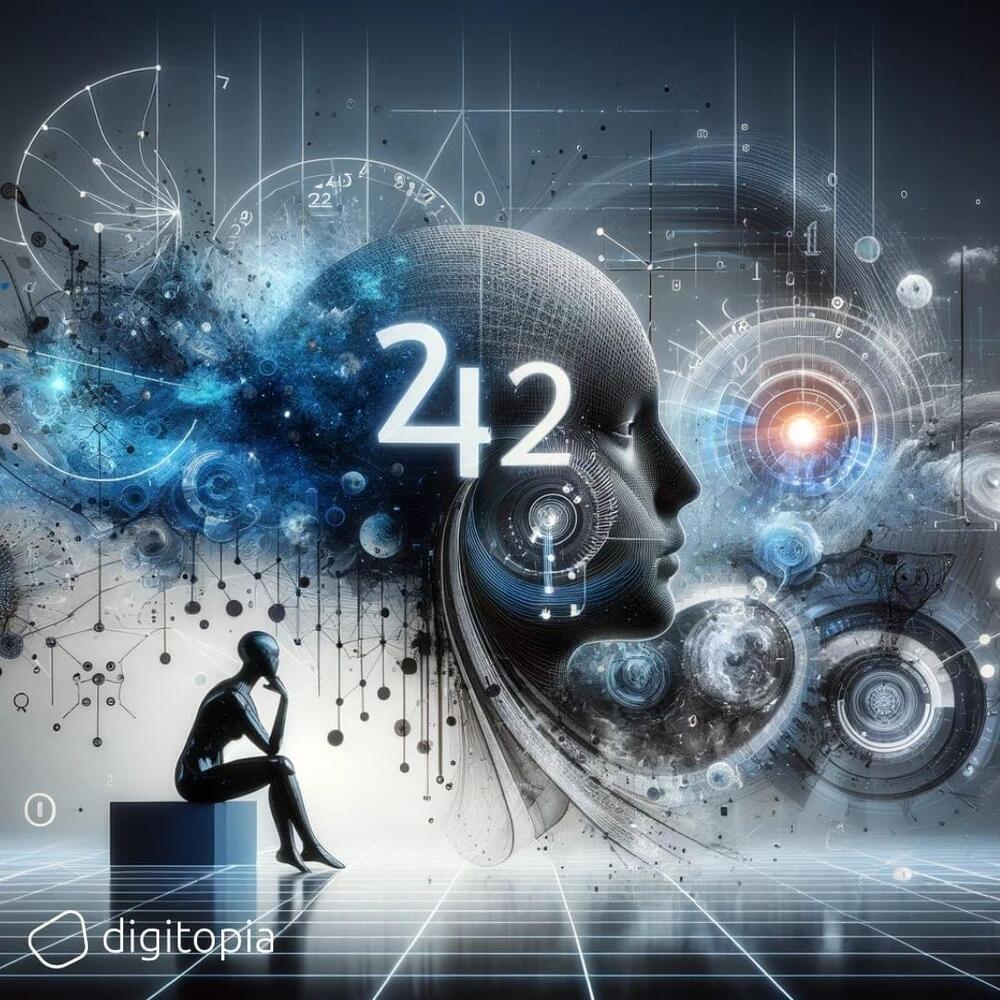Ryan speaks with Arnold Schwarzenegger on how to be useful while we still have the time, the mental, physical and psychological benefits to nurturing the mind and body, keys moments during his bodybuilding career, running for governor and more… Arnold Schwarzenegger is an Austrian and American actor, businessman, filmmaker, former politician, and former professional bodybuilder best known for his roles in high-profile action movies. He served as the 38th governor of California from 2003 to 2011 and was among Time magazine’s 100 most influential people in the world in 2004 and 2007. Be Useful: Seven Tools For Life is written with Arnold Schwarzenegger’s uniquely earnest, blunt, powerful voice. It takes readers on an inspirational tour through his toolkit for a meaningful life. Arnold shows us how to put those tools to work, in service of whatever fulfilling future we can dream up for ourselves. He brings his insights to vivid life with compelling personal stories, life-changing successes and life-threatening failures alike—some of them famous, some told here for the first time.
Category: business – Page 62


Why a Japan firm plans to track sleep pattern of 10 million hotel guests
The model expects to generate $203 million in revenue by 2030 from its new health promotion business.
How would you feel if someone offered you a stay at a hotel, but with a catch: they would watch you sleep and collect data from your body? Would you be curious, excited, or creeped out? Well, that’s exactly what a Japanese IT company plans to do as part of its new health promotion business.
NTT’s bold plan
NTT Data, a Japanese IT services company, has revealed its plan to open a capsule hotel that will monitor and analyze the sleep patterns of its guests, with their consent. The company aims to use sleep data to provide personalized health and wellness services and sell anonymized data to various industries.


The True Value Of Data And AI In Human Resources
As we venture deeper into the digital era, the scope and possibilities of data and artificial intelligence (AI) in human resources (HR) are expanding at an unprecedented rate.
Johnson & Johnson deployed an AI-based writing tool, Textio, to identify unconscious bias in their job listings. Upon identifying a masculine tilt in the language of many of their job postings, they made some AI-driven adjustments that led to a 9% uptick in female applicants.
Unilever employs AI to streamline the initial stages of its recruitment process. Candidates are asked to play a number of games that test their logic, aptitude, reasoning, and appetite for risk. Then the HR team uses machine learning algorithms to assess candidates’ suitability for the role they have applied for, by matching their profiles against previously successful employees. This approach has not only improved the efficiency of Unilever’s recruitment process but also provided a more engaging candidate experience.
Data and AI are more than just buzzwords — they are the drivers of meaningful, beneficial change within HR. As businesses move forward in this digitally connected world, prioritizing the three HR domains we’ve discussed above can create a significant difference in achieving strategic goals and building a work environment where employees thrive.


Foretellix raises $85M to build and test scenarios for self-driving systems
On their way to building fully autonomous vehicles, self-driving car makers are facing a tall task: training their AIs to be able to respond reliably to any and all scenarios that a car, truck or bus might encounter as well as, or hopefully better, than a human would. Today, a startup with a platform to help with that challenge is announcing a sizeable round of funding to take those strategies up a gear.
Foretellix, which builds verification and validation solutions to test the full range of driver assistance and autonomous systems that are coming out on the market, has closed its Series C at $85 million. The round includes financial investors alongside strategic backers from the automotive and chip industries, a signal of who is already doing business with Foretellix, as well as the longer business trajectory for the startup.
The round is being led by Israeli VC 83North, with Singapore’s Temasek and carmaker Isuzu investing alongside Woven Capital (Toyota’s venture fund), Nvidia, Artofin and previous backers MoreTech, Nationwide, Volvo Group VC, Jump Capital, Next Gear Ventures and OurCrowd. Foretellix may ring a bell for readers: The first close of this round was in May of this year (at $43 million).

A Sports Analogy for Understanding Different Ways to Use AI
The potential impact of generative AI on the economy, society, and work is polarizing, swinging from the positive benefits of a technological revolution to doomsday scenarios. The authors have come to think about this issue as points on a spectrum and have created a sports analogy to help think about it: AI tools can range from steroids, to sneakers, to a coach, each representing a different relationship between human users and the technology. Steroids elevate short-term performance, but leave you worse off in the long term. AI-powered tools can instead be used to augment people’s skills and make them more productive — much like a good running sneaker. On the most desirable end of the spectrum, AI-powered tools can be used like a coach that improves people’s own capabilities. This framework can be used to help conceptualize how we might craft AI-based tools that enhance rather than diminish human capabilities.
Page-utils class= article-utils—vertical hide-for-print data-js-target= page-utils data-id= tag: blogs.harvardbusiness.org, 2007/03/31:999.368607 data-title= A Sports Analogy for Understanding Different Ways to Use AI data-url=/2023/12/a-sports-analogy-for-understanding-different-ways-to-use-ai data-topic= AI and machine learning data-authors= Jake M. Hofman; Daniel G. Goldstein; David M. Rothschild data-content-type= Digital Article data-content-image=/resources/images/article_assets/2023/11/Nov23_22_200404124-001-383x215.jpg data-summary=
Will next-gen tools be used as a steroid, sneaker, or coach?


Perspective: The Rise of “Wet” Artificial Intelligence
Combining AI with traditional wet lab work creates a virtuous circle from lab to data and back to the lab.
AI, with the right data, can span all of these scales and make sense of the data we collect on all of them. It’s poised to accelerate basic science, the business of biotechs, the behemoth pharmaceutical companies, and the broader bioeconomy.